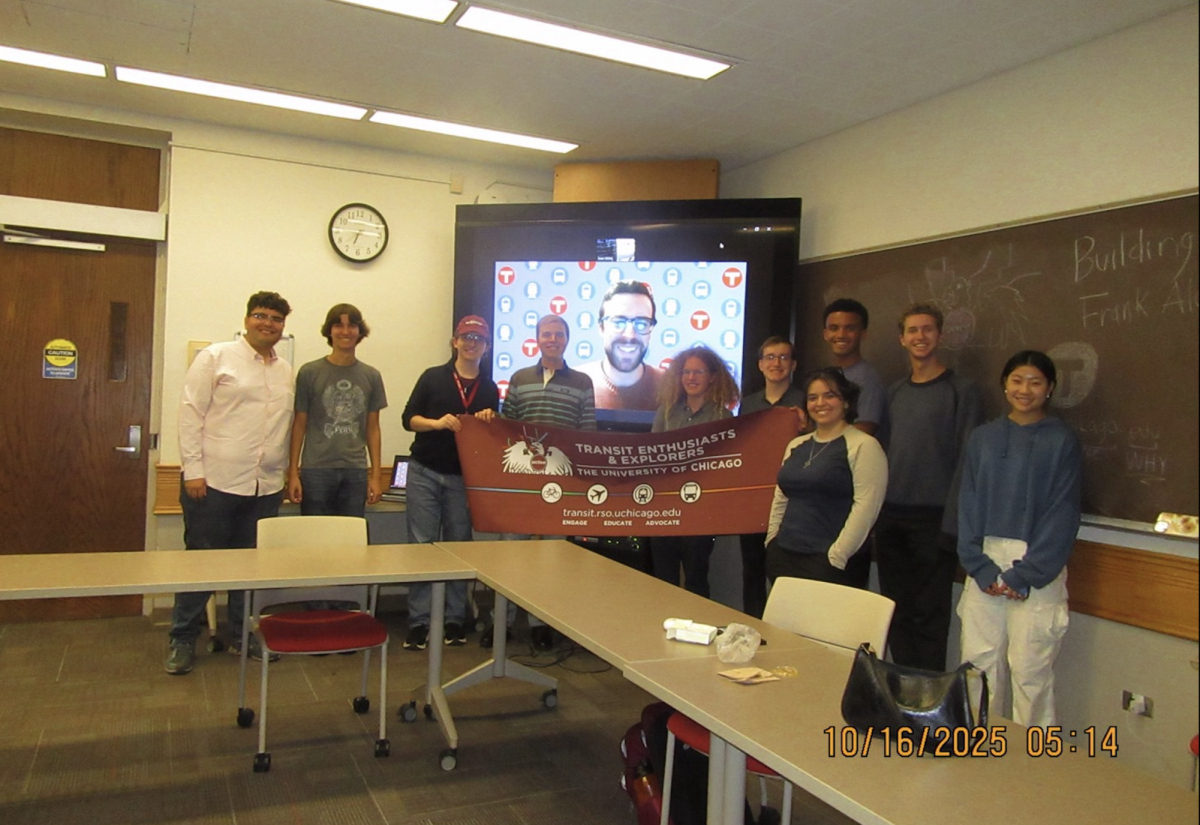After years of decreased federal funding, the University’s science divisions could compete for billions of dollars earmarked for science research by President Barack Obama’s new stimulus bill.
Known as the American Recovery and Reinvestment Act of 2009, the bill passed the House Wednesday and is currently in revision in the Senate.
The bill is currently set to funnel $10 billion into the National Institutes of Health (NIH) and more than $1.4 billion into the National Science Foundation (NSF), including $50 million earmarked for competitive grants.
The NIH, the NSF, and the U.S. Department of Energy (DOE) provide the majority of federal funding for the University’s science programs.
Professor Edward Kolb, chair of the astronomy department, said that if passed, the provisions “would halt a decade-long trend of decreased funding for science research.”
He said that new money available for science could allow the University to expand its support for undergrad, grad, and post-doc students conducting research in high-energy science and other fields. It could also fund new research equipment and infrastructure.
“Any extra funding allows us to make our whole effort more robust,” said Sheila Hohmann, associate dean of the physical sciences division. “It means coming up with new grandiose plans that may not have had a possibility of getting funded in the past.”
Their plans may be realized sooner than expected.
“The focus is on getting the funds out the door as quickly as possible,” said Scott Sudduth, associate vice president for federal relations, who has been tracking this bill and others in Washington, D.C. this week. The goal is to enact the bill by mid-February, he said, and many provisions within the text itself stipulate action within 90 days.
At the U of C managed Argonne National Laboratory, director Robert Rosner said that the lab has “a list of projects that are literally shovel-ready.”
Rosner described uncertain finances brought on by budget disagreements in past years between Congress and former president George W. Bush. Funding for Argonne and Fermilab, another national physics laboratory affiliated with the U of C, had to be added on as an amendment to the war supplementary bill last year.
“For Argonne, the most important task is to rebuild the infrastructure,” Rosner said.
Proponents of the bill point out that construction could provide a quick economic boost. “Research certainly brings with it a direct economic benefit,” Sudduth said.
Final dollar amounts remain uncertain while the bill is amended in the Senate. “It could be a total feast or a total famine,” said Donald Levy, vice president for research and the national laboratories. “Hopefully high-energy physics will get a good slug [of the money].”
In addition, because the Senate has already significantly altered the bill, it will have to undergo approval by committees from both houses before being sent to the White House.
“It’s a state of chaos right now,” Levy said. “But if the money is spent in really advancing the national agenda, the U of C will come out very well.”
In fiscal year 2008, the U of C won $424 million in sponsored research funding, 80 percent of which came from the federal government. However, the percentage of proposals that won their requested funding has decreased since 2001, according to statistics released by the University’s research administration.
“My hope is that this is not just a one-time stimulus, but that it leads to a renewal of the government’s commitment to fund science, technology, engineering, and mathematics,” Kolb said.








